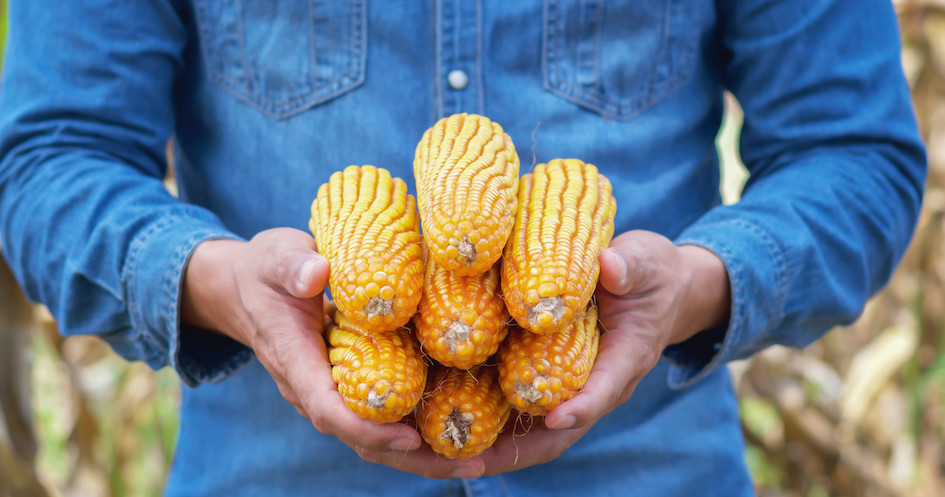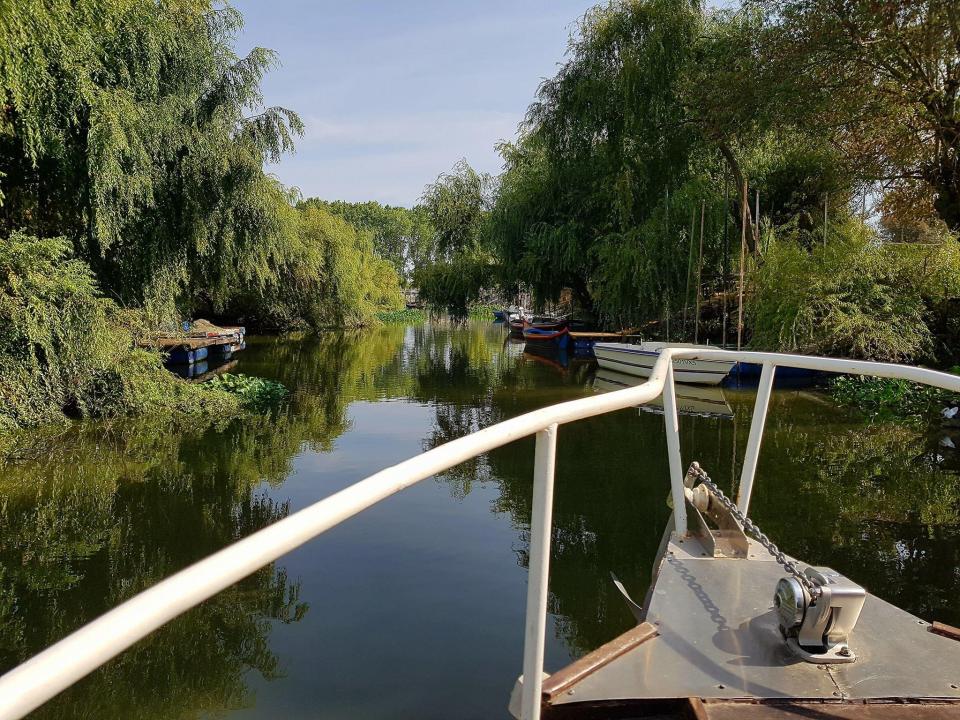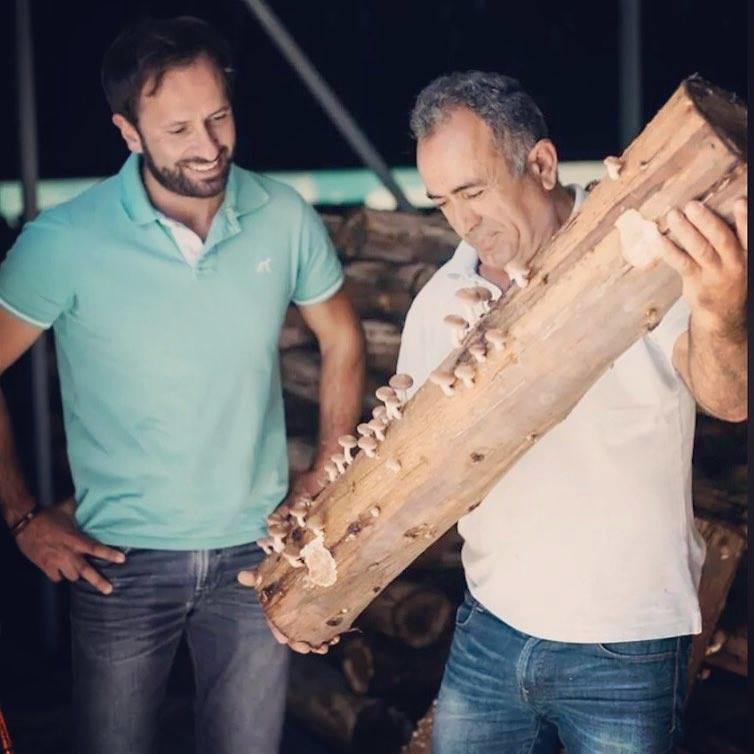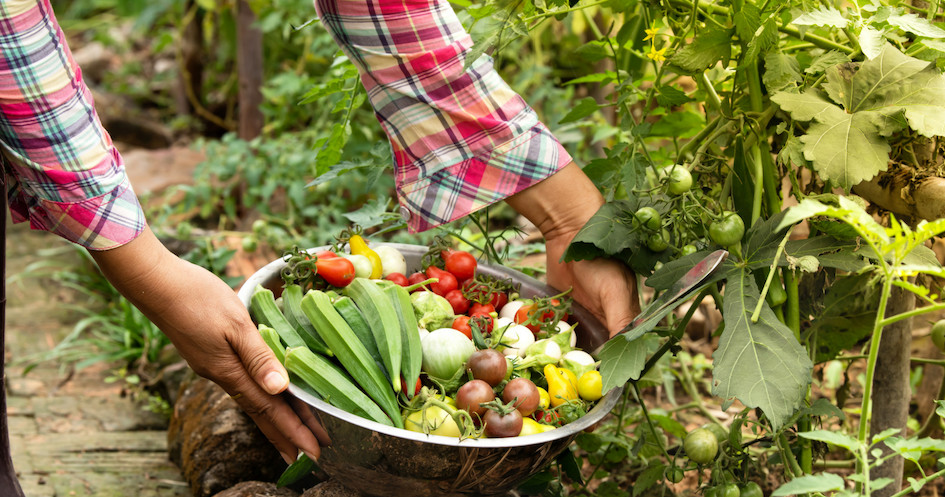Cool things to do in Lisbon
Lisbon is probably best known for its colonialist history, ornate architecture and tradition of Fado music. But some of its best features are in every day – spectacular hilltop vistas in Alfama or at St. George’s Castle, pleasant year-round weather and friendly locals. To enjoy these, bring some comfortable footwear and a pocket map of the public transit system, or just hop on Tram 28 to see it all. Plan on spending a half-day to a full day exploring the waterfront neighborhood of Belém, or maybe plan a daytrip to the palace-heavy Sintra, located 20 miles northwest of Lisbon.
1- Tram 28
Tram 28, in particular, takes riders on a tourist-friendly route, not only passing through some of the city’s most notable neighborhoods including Graça, Baixa and Bairro Alto, but to popular attractions, such as St. George’s Castle and Alfama. Along with a scenic route, the cars themselves are also considered to be part of the experience. Many of Lisbon’s trams, including some used on the Tram 28 route, are the same that were used in World War II, so don’t expect air conditioning, or a smooth trip up and around the area’s hills. But don’t worry, recent travelers said it’s all part of the tram’s charm. Some visitors recommend taking the tram up the steep Alfama hill and then walking back down to explore the neighborhood. Due to the tram’s popularity, they tend to get crowded quickly, so make sure to arrive early or later in the day to avoid long lines.
The tram is 2.90 euros (less than $4) one way and tickets can be purchased on board and at kiosks around the city. Tram 28 hours depending on the route, day of the week and time of the year. Generally, visitors can expect service to start after 7:30 a.m. and end at 9:15 p.m.
2- Farm of the Future
Visit a farm that uses precision agriculture, in the production of about520 hectares of corn. The producer is located in the heart of Ribatejo, where it exploits more than 500 ha (hectares) to produce mostly maize.
It´s a family business where management is already in the 3rd generation. This farm is a great user of the latest technologies for agriculture.
Book this activity here.

3- Alfama
 Some tourists choose to take Tram 28through the Alfama neighborhood because it’s so hilly, but whether you choose to burn some calories or contend with the tram crowds, a visit to the picturesque Alfama is a must. With a history that dates back to the Moors, Alfama is characterized by narrow, cobblestone streets that wind past dozens of quaint shops, cozy little restaurants and traditional Fado clubs, all of which are housed within historic yet well-preserved architecture. Popular city attractions like St. George’s Castle, Sé Cathedral and Feira de Ladra are also located in Alfama.
Some tourists choose to take Tram 28through the Alfama neighborhood because it’s so hilly, but whether you choose to burn some calories or contend with the tram crowds, a visit to the picturesque Alfama is a must. With a history that dates back to the Moors, Alfama is characterized by narrow, cobblestone streets that wind past dozens of quaint shops, cozy little restaurants and traditional Fado clubs, all of which are housed within historic yet well-preserved architecture. Popular city attractions like St. George’s Castle, Sé Cathedral and Feira de Ladra are also located in Alfama.
Travelers come in droves to bear witness to the neighborhood’s famed charm (and some street art), and say this is the best place to get to know Lisbon. Visitors also say this isn’t an attraction to breeze through, but rather take your time with and get lost in. Ditch the map and let yourself wander the colorful streets, grab a drink alfresco in an alleyway, or seek out one of the neighborhood’s many vantage points, including the popular Miradouro de Santa Luzia, or the Miradouro Sophia de Mello Breyner Andresen. There are two metro stops near Alfama. Martim Moniz is located at the top of the hilly neighborhood while Lisboa Santa Apolonia is a little farther away but the closest stop to the bottom.
4- Belem
The waterfront Belém is a historic neighborhood that houses some of Lisbon’s most important monuments, museums and one very popular Portuguese tart place, the Pasteis de Belém. Here you’ll find the Jerónimos Monastery, the Belém Tower, the Discoveries Monument, the Belém Palace (the official residence of Portugal’s president), the Coleção Berardo Museum as well as a number of scenic gardens. As the Discoveries Monument beautifully illustrates, Belém is important in that it was a popular departure point during the Age of Discoveries. Some notable adventurers that have embarked from Belém include Vasco da Gama, who was the first person to sail directly from Europe to India, and Ferdinand Magellan, who was aboard the first ship that successfully circumnavigated the world. In addition, Christopher Columbus also made a stop here on his way back to Spain from the Americas.
Recent travelers enjoyed all that Belem has to offer, especially the stunning Belem Towerand the Discoveries Monument. Most visitors, however, expressed disappointment with the amount of tourists that are seemingly always at the sites. Because of this, some travelers instead recommended simply grabbing a pastel de nata at Pasteis de Belem, taking a nice long stroll along the Tagus riverfront and admiring the waterfront attractions outside instead of waiting in long lines to go inside. Belem is located about 6 miles west of central Lisbon and is accessible via a metro stop of the same name.

5- The Boat Farm Experience
Cross the river Tejo by boat and lad directly on a farm with more than 100 hectares. Come and discover this paradise in the heart of Ribatejo.
With great work and dedication the producer produces varied crops in 100 hectares of land, from corn, vegetables, peanuts, grapes among others and even horses, this is in fact an unusual property, right next to the river Tejo.
Come and visit a practically unknown paradise in Ribatejo. Book this activity here.
6- Santa Justa Elevator (Elevador de Santa Justa)
For some sweeping views of Lisbon – particularly St. George’s Castle, Rossio Square and the Baixa neighborhood – you might want to take a ride on the Elevador de Santa Justa. Designed by Raoul Mesnier du Ponsard (a former student of Gustave Eiffel – creator of the Eiffel tower), this neo-Gothic elevator is more than a century old and used to be powered by steam. The structure is more than just a means to meet a vista’s end, but rather a convenient shortcut for commuters looking to get to Bairro Alto without having to work up the sweat climbing the hill. While the exterior is almost entirely wrought iron, inside visitors will find two old-fashioned cabins that take visitors up to the nearly 150-foot-tall vantage point.
Although visitors were more than pleased with the views, some visitors found the attraction to be a rip-off, especially since are so many free viewpoints throughout Lisbon. Travelers also complained of the long lines throughout the day and suggested going either very early in the day or very late at night, but even that isn’t a guarantee. A great way to skip the lines is to enter the tower from Bairro Alto and pay 1.50 euros (less than $2) to access the observation deck. To ride the elevator up to the observation deck and back down, it’ll cost you 5 euros (about $6). You can find the Santa Justa Elevator in the Baixa neighborhood, situated between the Baixa-Chiado and Rossio metro stops.
7- Taste sweet Grapes
In the heart of the Alentejo, the producer has created a magical space where vines grow closely watched by the most experienced eyes and cared for by the most delicate hands.
The grapes are distinguished by the unique flavor and texture. Crunchy and sweet are absolutely irresistible.
The grapes are protected throughout the year, using the most advanced production techniques so that in the summer they grow beautiful and sweet, making the delights of those who taste them.
Book this activity here.

8- Sintra
Located about 20 miles northwest of central Lisbon, Sintra’s praises have been sung in literature by the likes of British poet Lord Byron and Portuguese poet Luis Vaz de Camões; Byron described it as a “glorious Eden.” A veritable heaven on earth, the small city’s rolling hills are clad with vibrant vegetation and fairytale-like villas separated by cobblestone streets.
The star of the show is the colorful Palácio Nacional de Pena, which was built to be a romantic getaway for Queen Maria II and her husband. There’s also the Palacio Nachional de Sintra, whose azulejo-adorned interiors make up for its bland exteriors, the Monserrate Palace, the Castle of the Moors, and the Quinta da Regaleira. What’s more, the entire city is designated as a UNESCO World Heritage site.
Travelers thoroughly enjoyed hopping back and forth between what many visitors described as beautiful palaces, villas and castles that Sintra had to offer, but recommended stamina and sturdy pair of shoes, as the area is very hilly. To get from Lisbon to Sintra, you can take the train from the Rossio train station. You could drive as well (though parking will be tricky), or take one of the local buses.
Check here our Sintra tours.
9- Raspberry farm experience
With about 1.5 hectares of greenhouses, this production supports 10,000 raspberry plants grown in ridges, being in its first year of production. Family-friendly production, located in an area with a privileged view over Sintra mountain range, perfect for a unique experience in the countryside 20 minutes from Lisbon. Book this activity here.
10- National Tile Museum
One of the most notable aspects of Lisbon’s alluring architecture is its vibrant ceramic tiles. You might find these Portuguese tiles, or azulejos, adorned on buildings during a walk about town (especially in Alfama), in gift shops (or at the Feira da Ladra), or within the walls of other top city attractions, including some of the palaces or villas that dot Sintra.
If you don’t feel like spending time seeking out tiles on the streets, a visit to the National Tile Museum is the perfect alternative. The museum is filled to the brim with tiles of all colors and sizes, some of which date back to the 15th century. Some are simple, with individual tiles decorated with flowers or sailboats, while others are pieced together to create grand murals chronicling people or stories steeped with history. Not only that, but there is information spread throughout detailing how azulejos are made.
Recent visitors enjoyed both the museum’s expansive collection as well as the building it’s housed in – a former convent. As such, some visitors said the highlight of the visit was the chapel, adorned with not only plenty of azulejos but centuries-old oil paintings, which added an extra layer to the experience.
The museum is closed Monday but open Tuesdays through Sundays from 10 a.m. to 6 p.m.; tickets are 5 euros (less than $6) for adults. Admission is free the first Sunday of the month. The National Tile Museum is located about a mile and a half northeast of Alfama. You can reach the museum by getting off the Santa Apolónia metro stop and walking a little less than a mile northeast.
11- Visit a Shiitake Mushroom Farm
You will live an incredible experience! This farm is characterized by being family-friendly, where the family “Lopes” based on human and ethical values, combines the experience of the elders with the irreverence of the younger.
Its products are completely organic finding the entire production process certified by Naturalfa. Book this activity in Arcos de Valdevez or in Torres Novas.
12- St. George’s Castle
Castelo de São Jorge, or St. George’s Castle, is perched atop Lisbon’s highest hill in Alfama, offering both excellent history and views of the city. The castle served as a fortification for the Romans, Visigoths and the Moors, who turned it into a royal palace before it was eventually taken by Portugal’s first king, Afonso Henriques. The attraction has kept much of the building’s relics intact, including canons, which are spread throughout, underground chambers and 18 towers, one of which houses a camera obscura. There is also a restaurant on-site, gardens where wildlife frequently make appearances and an archaeological museum.
Visitors gushed about the incredible views of the city and the sea. But although most were impressed with its quality preservation, many found the attraction to be lacking, as there isn’t much to do on-site. The Castelo de São Jorge is open from 9 a.m. to 6 p.m. November through February, with extended hours from March to October. Admission is 8.50 ($9.50) euros for adults and is free for children younger than 10 years of age. You can reach the attraction from Tram 28, or walk from the two nearest metro stations, Martim Moniz and Rossio.

13- Live the secret life of snails
A farm in Torres Novas creates and markets snails as well as “Helix Aspersa Máxima” fingerlings in an adapted complete biological cycle. All the production is carried out in an agricultural greenhouse with irrigation systems by nebulizers, in order to guarantee the ideal temperature and humidity for the growth and development of the species. The greenhouse is composed of 12 fenced parks seeded with radishes, cabbages and turnips and with an average of 460 shelters inappropriate wood. Book this activity here.
14- Torre de Belem and Monument to the Discoveries
What looks to be an idyllic mini castle seamlessly floating on the Tejo riverfront was originally a fort that served to protect Lisbon’s port in the 16th century. It served as a departure point for explorers looking to explore the world during the Age of Discoveries. Today, the Manueline structure serves as a monument to that heyday and was named a UNESCO World Heritage site along with the nearby Monastery of Jeronimos. Visitors can go inside and explore the interiors, whose rooms once served as royals quarters, a prison and a chapel, to name a few.
Padrão dos Descobrimentos, or the Monument to the Discoveries, is just a short walk away, and equally stunning. The waterfront structure was built in the 1960s in conjunction with the 500th anniversary of Henry the Navigator’s death. Although he wasn’t an explorer himself, he significantly supported a handful of important explorations during his time. The sail-shaped statue is lined with notable Portuguese figures throughout history, including other navigators, artists and King Manuel. Inside, visitors can watch a multimedia presentation of Portugal’s history as well as climb to the top of the monument for greater views of the river.
Travelers were taken by both of the attractions, but many lamented the crowds near and around other points of interest in historical Belém. Unless you are really curious to see what lies within the monuments, most visitors recommended appreciating the exteriors rather than waiting in the long lines to explore the lackluster interiors. The Belém Tower is free to visit, but to tour the attraction’s interior, you’ll need to pay 6 euros (approximately $7) per person. The Monument to the Discoveries is also free to check out but costs 4 euros (less than $5) to tour. Hours for the Belém Tower vary by season, while the Monument to the Discoveries is open Tuesday through Sunday between 10 a.m. and 6 p.m. You can reach both attractions via Tram 15 to Belém.
15- Collect your own aromatic herbs
Get acquainted with biological aromatic herbs in a field of 4 hectares, among several varieties, lemon thyme, lemon verbena, peppermint and common mint. The dedication and care are constant, ensuring the quality of plants and growth with the best conditions, allowing healthy and balanced crops, without chemicals and additives. Have a cutting and collection experience and in the end provide an infusion. Book this activity here.
16- Cascais
 The seaside town of Cascais (kush-kaish) is a 45-minute train ride west of Lisbon’s Cais do Sodré station. Once a fishing village, Cascais became a popular respite for the rich and royal in the 1900s. Today, Europeans of all kinds flock to this beachy city for some low-cost fun in the sun. And since it’s peppered with luxurious resorts and hotels, a weekend here may be an ideal end to your Lisbon vacation.
The seaside town of Cascais (kush-kaish) is a 45-minute train ride west of Lisbon’s Cais do Sodré station. Once a fishing village, Cascais became a popular respite for the rich and royal in the 1900s. Today, Europeans of all kinds flock to this beachy city for some low-cost fun in the sun. And since it’s peppered with luxurious resorts and hotels, a weekend here may be an ideal end to your Lisbon vacation.
And don’t be put off by its size, there is plenty to do here. Take a stroll around the colorful, cobblestone-lined old town, visit one of the area’s many forts that helped prevent pirate attacks, or lay back on one of the area’s many beaches. If you’re looking for something small, adorable and quintessentially Mediterranean, look to Praia da Rainha, or the Queen’s Beach. Not only is this beach a 5-minute walk from the train station, but so are two other beaches: Praia da Conceição and Praia da Duquesa. If you’re looking for something a little off the beaten path, not to mention a much wider shoreline, head to Praia do Guincho, about 5 miles northeast of the city center. There’s also the popular Boca do Inferno cliff lookout point nearer Cascais’ city center.
17- Harvest Strawberries
Come and harvest strawberries directly from the strawberry, in a homemade and unique production, whose quality will not go unnoticed.
There are two strawberry ranges in production, both of which offer a guarantee of quality in taste, combined with the taste of the palate, which adds the visual taste through the superior shape and size for incorporation in professional preparation, restoration or in high quality confectionery.
Book this activity here.

18- Gulbenkian Museum
Less than 50 years old, the Gulbenkian Museum hangs a world-renowned collection of art. The late Calouste Gulbenkian, a former oil tycoon and distinguished art collector, amassed 6,000 works of art in his lifetime, donating it all to Portugal upon his death. The diverse selection on display includes art of all kinds from all over the world, including Egyptian statues, European paintings from masters Rubens and Rembrandt, and Chinese porcelain, to name a few.
Recent travelers enjoyed perusing the museum, with many saying the long trip away from the city center was worth it. Visitors not only appreciated the museum’s diversity of art, but some were delightfully dumbfounded it all came from one person.
Ticket prices depend on which exhibits you want to see, but expect to pay 11.50 euros (less than $14) to have access to all of the property’s collections. Children 17 and younger can visit for free when with an adult. Entry on Sundays is waived after 2 p.m. The museum is open from 10 a.m. to 6 p.m. daily, but the museum is closed on Tuesdays. You’ll find this top spot off the São Sebastião or the Praça de Espanha metro stops.
19- Monastery of St Jerome
The Mosteiro dos Jerónimos, also known as the Monastery of St. Jerome or the Jerónimos Monastery, is a UNESCO World Heritage site located in Lisbon’s Belém district. Exemplifying Portugal’s Manueline style – a highly ornate style of architecture named after the king of the time (Manuel I) – the monastery was built during the Age of Discoveries to honor explorer Vasco Da Gama, as he and his crew spent their last night in Portugal at the site before embarking on their famous journey to India in 1498. During the 17th century, the structure served as a monastery for monks, whose job was to comfort sailors and pray for the king. It eventually became a school and orphanage until 1940. Today, visitors can explore the grounds at their own pace while admiring the detail present in the intricately carved pillars, cloisters and vaulted ceilings. Tourists can also stop by the Chapel of St. Jerome and the tombs, which contain notable Portugese people in history including a handful of royals and Vasco de Gama himself. Travelers found the attraction’s unique architecture to be stunning, and recommended a visit for that reason alone. However, some travelers complained about long lines, so plan to get here early to beat the crowds.
Admission is 10 euros (less than $12) for adults; children 12 and younger enter for free. The monastery is open from 10 a.m. to 5:30 p.m. from October to May and extended to a 6:30 p.m. closing time from May to September. It’s important to note that the attraction is closed on Mondays in addition to select holidays. You can reach the Monastery of St. Jerome by taking the No. 15 tram from downtown Lisbon’s Comercio Square.

20- Visit a Organic Farm
 Despite the long agricultural tradition of the producer, the construction of a greenhouse with three naves was the driving force for the start of the Bio-pleasant campaign.
Despite the long agricultural tradition of the producer, the construction of a greenhouse with three naves was the driving force for the start of the Bio-pleasant campaign.
With an area of 2000 m2, climate control system, automatic top and side opening system and automatic irrigation, made the greenhouses the farm exlibris. A place where every day is sown and harvested not only high quality products but also quality of life.
Book this activity here.
21- Oceanarium
The Oceanário de Lisboa is not just an aquarium, but considering its size, a world in and of itself. The Oceanarium, as it’s also often referred to, is Portugal’s largest indoor aquarium, holding more than one million gallons of seawater supporting the lives of 8,000 sea creatures. Four permanent exhibits represent different habitats that hold the likes of various types of birds, fish, amphibians and mammals.
Here, visitors will find the likes of sea stars and coral to penguins, puffins and sea otters and everything in between. Along with a peek into life under the sea, the Oceanarium also offers a variety of activities, from guided tours to a sleepover with sharks and even a Fado show. Visitors were blown away by how impressive the aquarium was. Many in particular loved the large, central tank, and said the attraction could easily be enjoyed by all ages, and not just children. Travelers advised setting aside at least half a day to see the attraction.
You can find the Oceanarium in the Parque das Nações, the more contemporary part of town, off of the Oriente metro stop. Admission is 16.20 euros (roughly $19) for adults and 10.80 euros (about $13) for children 4 to 12 years old. The aquarium is open from 10 a.m. to 8 p.m. daily; during the winter (which starts Oct. 30), it’s open from 10 a.m. to 6 p.m.
22- Feira da Ladra
If you’re searching for a unique souvenir to take back home, you might want to try your luck at the Feira da Ladra flea market. Located in the Alfama district and spread out across Campo de Santa Clara, the contents of Feira da Ladra can be trash or treasure, depending on what kind of traveler you ask, or what kind of week it is. Either way, you’re likely to find some souvenirs, antiques, azulejos, art and a number of second-hand/vintage goods. But the Feira da Ladra isn’t your run-of-the-mill flea market.
The market is rumored to have been around since the 12th century, with some of the vendors known for selling stolen goods, hence the name ladera, which translates to thief. Fact or fiction, you’ve probably never been to a flea market with ocean views. The market is open from 6 a.m. to 5 p.m. on Tuesdays and Saturdays, and can be reached by hopping on Tram 28.
23- Taste the best crafted beer
Want to learn all the processes associated with the production of homemade beer? This producer became a universal brand for homemade beer, when he began to realize the acceptance of his product, having begun to take “fun” seriously. If producing a basic beer is a matter of following the recipe, creating drinks with peculiar characteristics and establishing some standard, it becomes a great challenge. In this way and in addition to the fun, the success of the producer obtained with a homemade label, I may mean a change of hobby for a possible future profession. Book this activity here.
